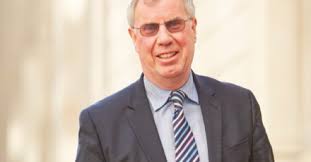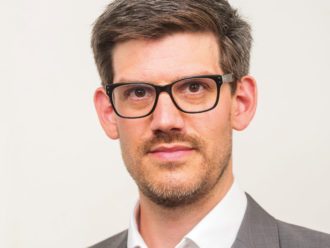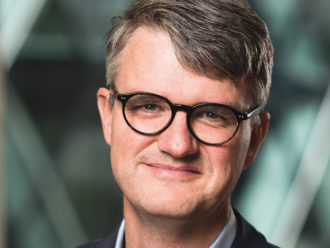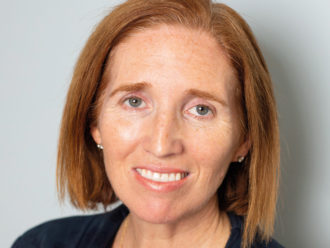What effect will this project have on the pension scheme?
The board starts from a strong financial position because it has about £50m of cash on its balance sheet. But over the course of the development, it will have to borrow at least a couple of hundred million pounds in order to fund the £300m investment. It will go from a situation where it’s got minimal debt to one where it’s got a lot of debt. All the employer’s available cashflow over the next 10 to 15 years needs to really be directed towards servicing that debt which means it won’t have much, if any, spare cash to bail out the pension scheme. That means that as trustees, we need to do our best to make sure we don’t put unnecessary demands on the sponsor over this period. That’s what has been driving us both in terms of our investment strategy and also in terms of the recovery plan which we’ve agreed following the most recent actuarial evaluation.
So how has the portfolio changed since DWDR was put on the table?
We started with 20% in gilts, 20% in dynamic asset allocation (DAA) and 20% in actively managed bonds. The total equity, including our actively managed mandates, two fundamental index tracking (RAFI) funds and an equity derivative overlay strategy (EDOS), was 34%. Finally, our alternatives allocation was 6%, 4% in a catastrophe risk reinsurance fund with Leadenhall Capital Partners and 2% in global property. However, over the last 12 months or so we’ve said, “Actually guys, we need to take a bit of risk off the table.” The other thing we needed to do was to generate a bit more income from some of our assets because we’re no longer getting ongoing contributions coming in.
We decided the first thing would be to increase our gilts and swaps from 20% to 30% of the total fund. Our 70% interest rate hedge had been principally swaps with some gilts, but when we looked at this last year, the yield on gilts was higher than on the swaps (except at the short end of the yield curve) so we cashed in the swaps and bought gilts to capture that higher yield – and that benefited us in terms of our funding as well. Not only that, moving more into gilts also met our objective of generating more income from the investment portfolio.
Secondly, we had seen the way our property portfolio with CBRE had performed and that’s one of the portfolios which does give us income. We liked the way that was developing so we moved that allocation up from 2% to 6%. We kept the catastrophe risk reinsurance fund at 4%, but Leadenhall has another reinsurance fund which is life risk. It is a lot less racy than the catastrophe risk fund because its loss ratio is much lower, but it’s very predictable, very stable and very boring. We’ve recently put 4% in that fund. Elsewhere, we decided that we would only run with one active manager for our global equities, which were fairly heavily-biased towards emerging markets, and we’d reduce the amount invested. We also took away the RAFI emerging market equities because that’s where the greater volatility was going to be.
That broadly freed up just over 10% of assets, but we’ve put most of that back into another EDOS. This one is very differently structured from the first we had because it gives us a bit of upside growth, and some downside protection, but an enormous return if markets stagnate. So our overall equities have gone down from 34% to 27%. In addition, we’ve put in place a currency hedging strategy to cover the CBRE property investment which is US dollar-denominated. Previously, while the allocation was only at 2%, it was unhedged. Similarly, with the catastrophe risk fund, we’ve gone from a sterling to a US dollar fund, and we’ve now put currency hedging in place for that investment, too. This has been quite a smart move because we can get the US dollar fund at a lower rate in terms of annual management fees than the sterling fund, and the fee saving more than covers the cost of the currency hedge.
We’ve retained our two DAA mandates, one with Blackrock and the other with PineBridge Investments. Together, they are now around about 15% instead of 20%. For the time being, we’ve also retained our broad bond mandate with Legg Mason, which is also at around 15% of the portfolio.




